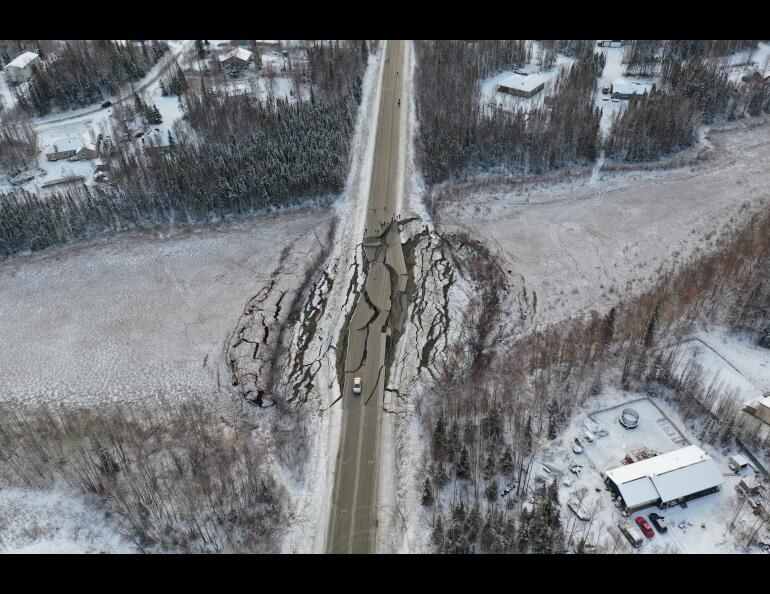THE LATEST
Unveiling the potential of machine learning in earthquake forecasting

In an era marked by the continual pursuit of scientific advancement, researchers at the University of Alaska Fairbanks have unveiled a groundbreaking method that holds the promise of providing months' worth of warning before major earthquakes strike. This innovative approach spearheaded by research assistant professor Társilo Girona of the UAF Geophysical Institute, showcases the transformative power of machine learning in the realm of earthquake prediction.
Girona, a distinguished geophysicist and data scientist delves into the precursory activity of volcanic eruptions and earthquakes. The core of their detection method lies within a sophisticated application of machine learning, a cutting-edge statistical technique that has the potential to identify critical precursors to large-magnitude earthquakes by analyzing datasets derived from earthquake catalogs.
Through the development of a computer algorithm adept at discerning abnormal seismic activity, Girona focused their inquiry on two seismic events of significant magnitude: the 2018 Anchorage earthquake and the 2019 Ridgecrest earthquake sequence in California. Remarkably, their findings unveiled a compelling pattern of abnormal low-magnitude regional seismicity occurring approximately three months before each major earthquake, covering substantial areas of Southcentral Alaska and Southern California.
Their study underscores that the unrest preceding major earthquakes is predominantly captured by seismic activity with a magnitude below 1.5, a pivotal insight that sheds light on a potential geologic cause for this precursory activity: an increase in pore fluid pressure within faults. This rise in pore fluid pressure, altering the mechanical properties of faults, can lead to variations in the regional stress field, which the researchers propose may control the abnormal, low-magnitude seismicity observed before major earthquakes.
Girona emphasizes the profound impact of machine learning on earthquake research, portraying it as an invaluable tool that can glean vital insights from the vast datasets generated by modern seismic networks. By leveraging advancements in machine learning and supercomputing, researchers can unearth meaningful patterns that might serve as early indicators of impending seismic events, thereby heralding a transformative role in advancing our understanding of earthquake dynamics.
While the promise of this method is undeniable, Girona highlights the need for cautious validation and testing in near-real-time scenarios to address potential challenges in earthquake forecasting. They stress the importance of training the algorithm with historical seismicity data specific to the region of interest before its deployment, as producing reliable earthquake forecasts carries ethical and practical considerations that must be navigated with utmost care.
As we stand on the brink of a new chapter in earthquake forecasting, propelled by the fusion of machine learning and seismic research, the potential for preemptive warnings of major seismic events offers hope for saving lives and mitigating economic losses. The intricate dance between technological advancements and ethical considerations underscores the complexity of this endeavor, weaving a narrative that balances the pursuit of knowledge with the imperative of safeguarding communities against the unpredictable forces of nature.
In the acuity of this scientific revelation lies a beacon of possibility, illuminating a path where the fusion of human ingenuity and technological prowess offers a glimpse into a future where the once-unfathomable realms of earthquake forecasting may yet be rendered less mysterious and more manageable.
